Padmasana :-
Padmasana :
Padmasana or Lotus Position is a cross-legged sitting asana originating in meditative practices of ancient India, in which each foot is placed on the opposite thigh.
It is an established asana, commonly used for meditation, in the Yoga, Hindu, Jain, and Buddhist contemplative traditions. The asana is said to resemble a lotus, to encourage breathing properly through associated meditative practice, and to foster physical stability.
Shiva, the meditating ascetic God of Hinduism, Siddhartha Gautama, the founder of Buddhism, and the Tirthankaras in Jainism have been depicted in the lotus position.
Table of Contents
Padmasana Steps :
Sit on the floor and stretch your legs, your legs should be straight in front. Hold the right leg in both the hands, fold the legs slowly and place it on your left thigh. Ensure that your feet should touch your navel.
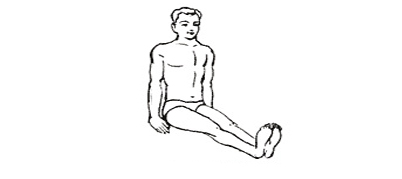
Same like earlier fold the left knee, and hold it with both hands and place it on the right thigh close to the other. At this point your both knees should touch the floor and the foot should face upwardly.
Your spinal cord should be straight at this point. If you feel some difficulty while sitting in the posture for a long time, you can change the legs and then sit in the same position.
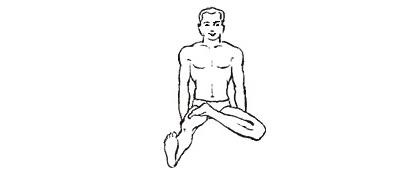
Your spinal cord should be erect, your both hands should be together or put the palms facing upside on the knee joints and the thumb must touch your index finger and the other fingers should face the upward.
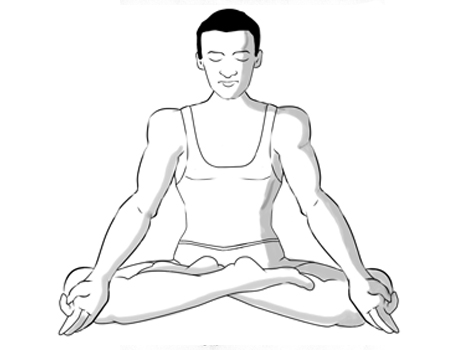
Breathing process should be slowly – slowly and deeply. ( Inhale and Exhale) and focus on your breathing. Do this asana for 2 to 3 minutes in the beginning stage, once you are used to it then increase the time by 15 to 30 minutes. Remember one most important thing don’t bend our body or head while doing this Asana.
Padmasana Video
Variations :
The sage Bharadvaja sitting for meditation on a deer skin in half lotus .
In half lotus, (ardha padmāsana), one leg is bent and resting on the floor, the other leg is bent with the foot in lotus position. It is an easier meditation position than full lotus.
In bound lotus, (baddha padmāsana), the practitioner sits in full lotus, and each hand reaches around the back to grasp the opposite foot .
Health Benefits :
Padmasana is the highly preferred asanas by yoga practitioner in the beginning stage for increasing the focus of mind and concentration. It helps in improving the concentration power and it will calm the brain also.
This Asana helps to preserve vital fluids in the body and prevents abdominal diseases and female disorders connected with the reproductive organs.
Doing this Asana gives your mind peace, solitude, and longevity to the practitioner. It increases the hungry and helps to relax the body.
It can also help in the stretches the ankle and knees. This Asana is the base for all asanas and it strengthens the hip and knee joints of the female and can get painless peaceful mind.
You can reduce the unwanted fat of the hips and the thighs. This is the simplest and easiest asana which can practice by all the age group of men and women they can get benefits of Yoga Asana.
Cautions :
People who are suffering from an ankle injury should not practice this asana. In case you have undergone a recent knee surgery please avoid this asana. If you have a sprain in the leg, then our advice is not to do this asana. Don’t perform this if you suffering from severe low back pain.
Stretches:-
Knees, Ankles .
Strengthens:-
Spine, Abdomen, Pelvis, Bladder .
Beginner’s Tip :-
As a beginner, you could overstretch your ankle as you get into the pose. To avoid this, you must push the inner side of the foot against the upper part of your arm so that your ankle’s stretch is balanced. Also, when you bring your foot near the opposite groin, make sure the stretch in the inner and outer ankle remains the same.
Precautions And Contraindications :
These are some points of caution that you must keep in mind when you practice this asana.
Avoid doing this asana if you have a knee or ankle injury.
This asana must be practiced under the guidance of an experienced teacher, especially if you are a novice to this pose. It might look simple, but it is not.

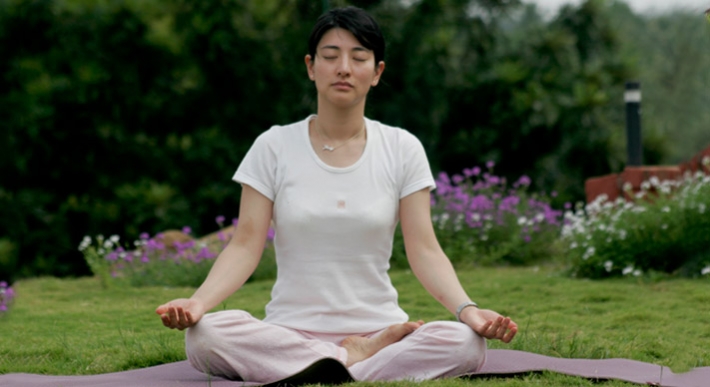
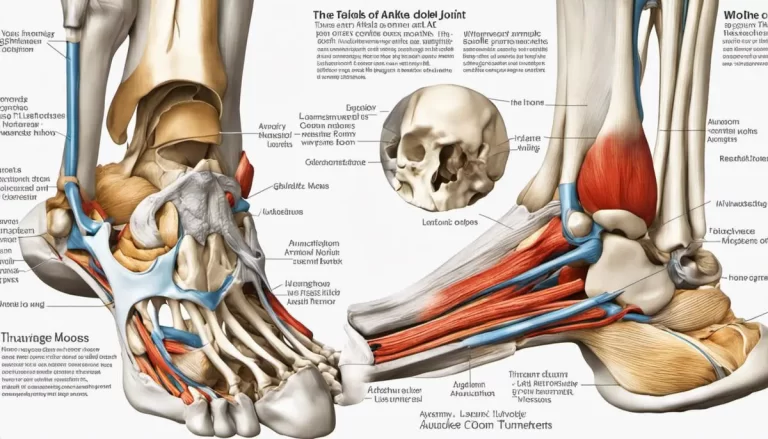
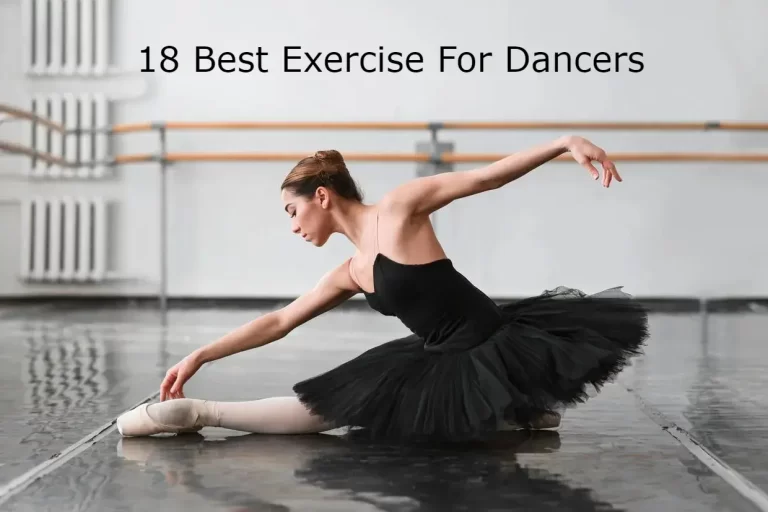

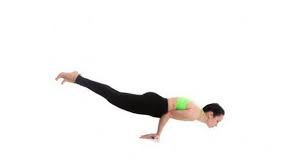
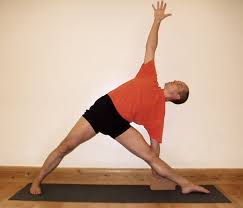
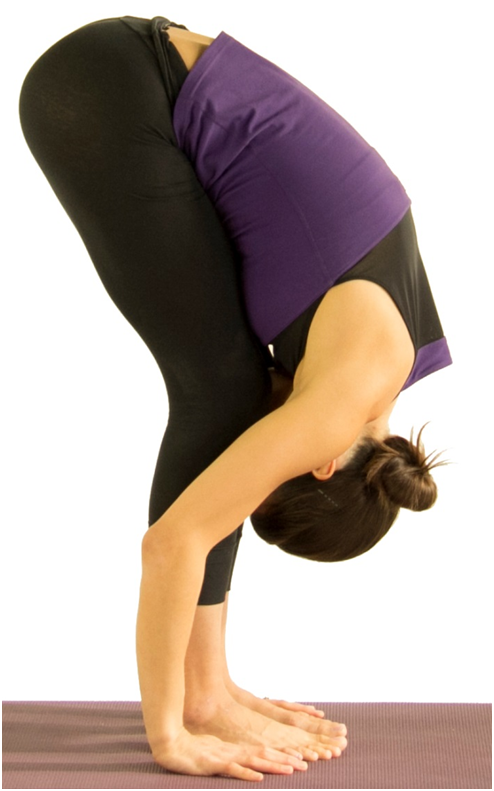
One Comment